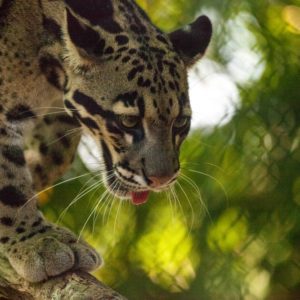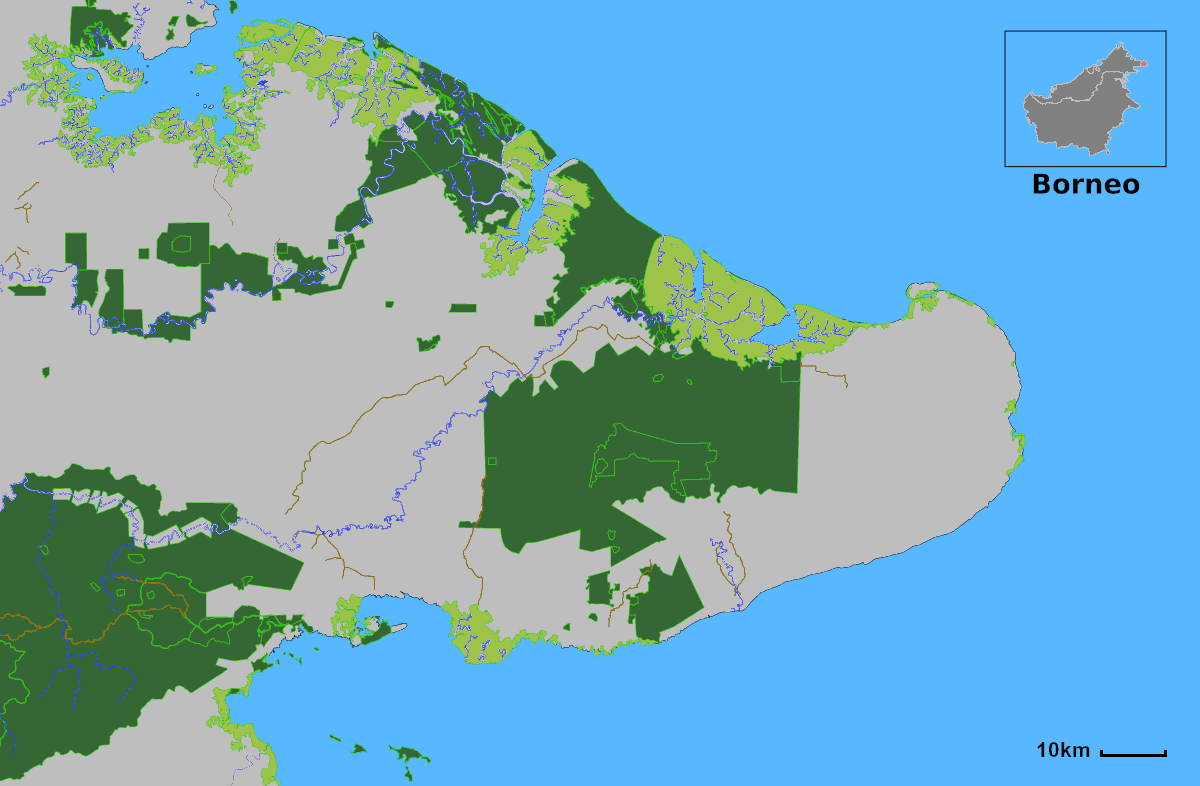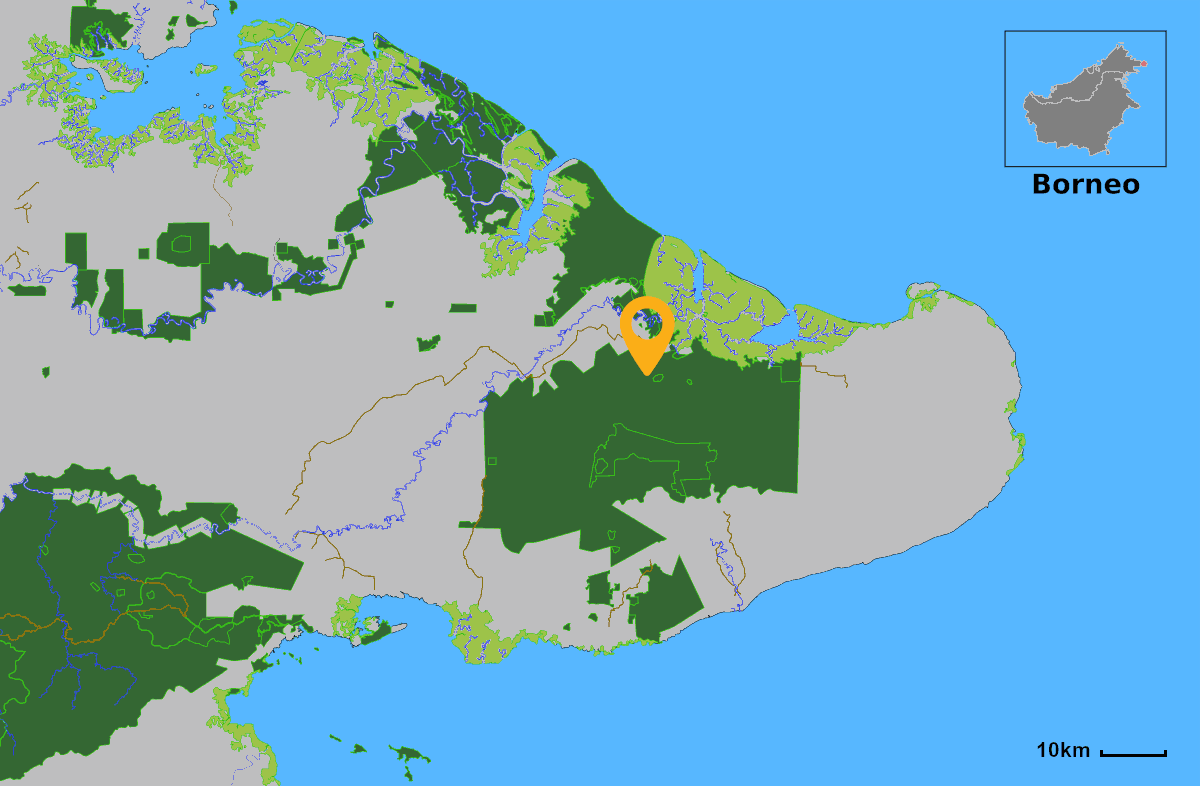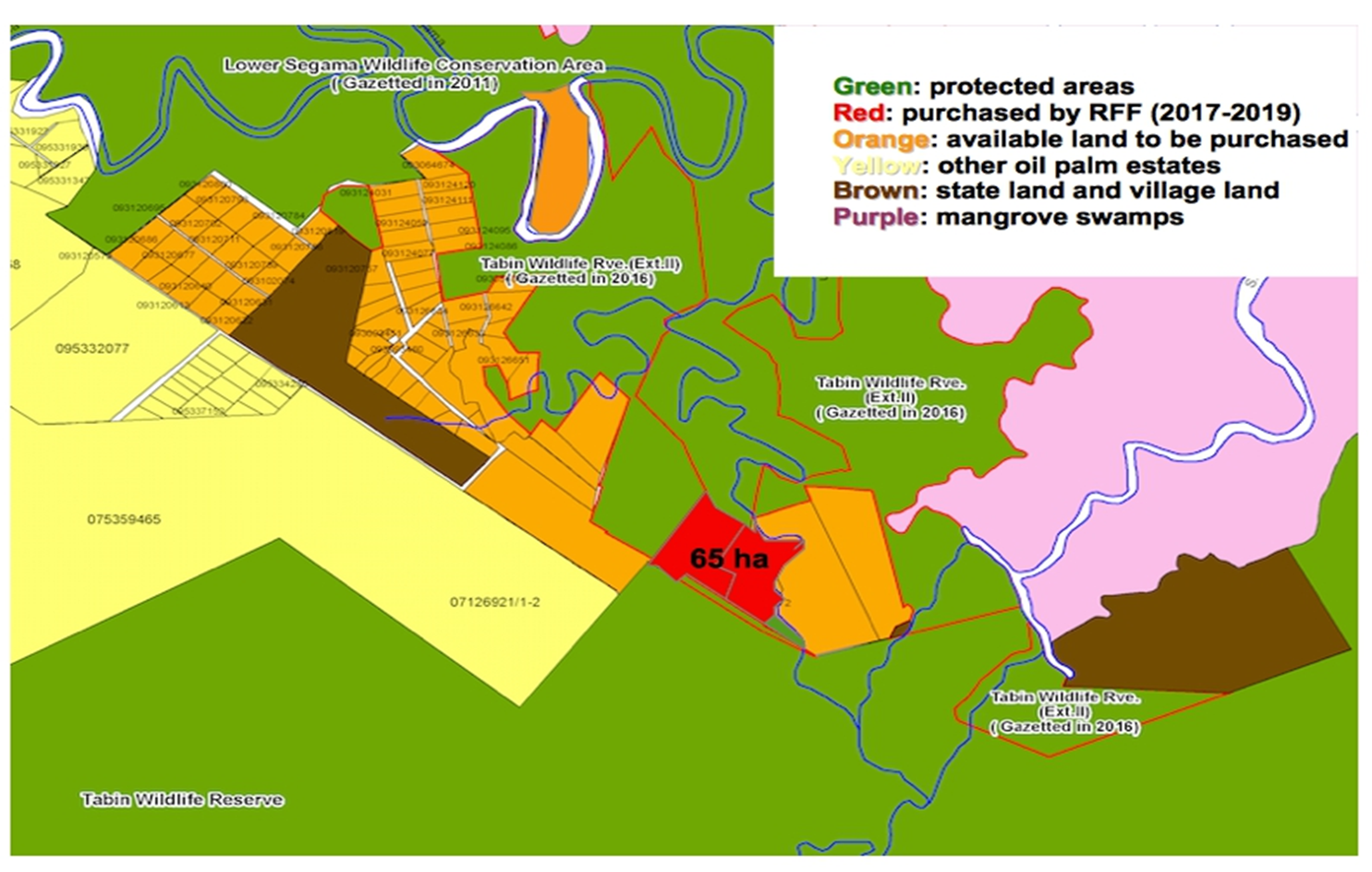The Tabin-Kulamba Wildlife Corridor is highlighted in orange above
Detailed map of the project area showing land we purchased and still available land
Since February 2020, we have been working on reforesting 50 hectares of acquired plantation areas along the Tabin river. The reforestation area will close the last gap between Tabin and the Lower Kinabatangan and Segama Wetlands and thus reconnect approx. 200,000 hectares of key areas for the survival of the endangered fauna and flora of Borneo.
In June 2020, the Rhino and Forest Fund (RFF) was also able to finance the employment of a local field manager. The field manager is very reliable and guarantees the successful continuation of the project on site in times when travel between the EU and Malaysia is no longer possible.
Since then, we have set up a tree nursery run by a woman from a neighboring village. Under the direction of the RFF, our contractor and field manager, two teams (one from farther away and one from a neighboring village) have since grown around 23,000 seedlings from more than 36 tree species and at least 14 tree families or procured them from other tree nurseries in the region. These exclusively comprise of wild species that occur in the neighboring forests and species native to the region. For this purpose, we either collected seeds and wildlings around the project area and grew them in the tree nursery or purchased preexisting seedlings from neighboring lowland rainforest areas.
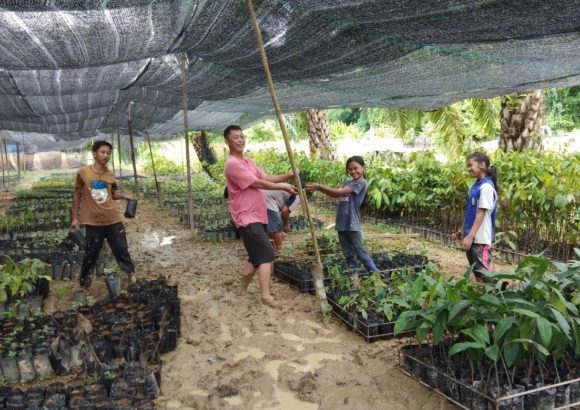
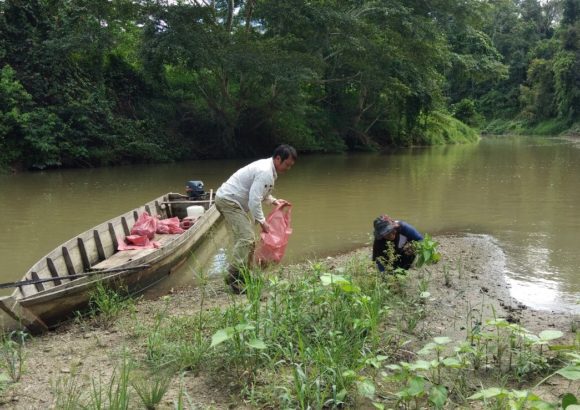
The area was prepared for reforestation between July and September. This included dividing it into blocks, determining and marking the planting points via GPS and collecting and disposing of rubbish scattered in the area. The planting process began in October. During it, an average of 5 seedlings of one species was planted at 33 points per hectare. This meant a total of 8,250 trees were planted over an area of 50 ha.
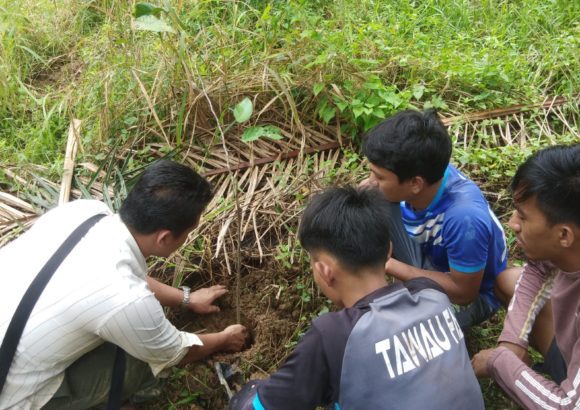
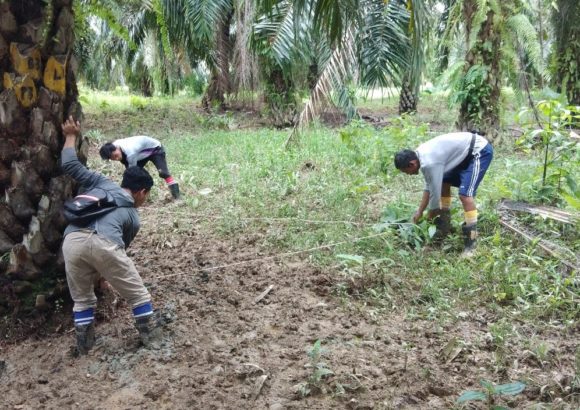
During the process, care was taken to never plant the same species at neighboring points in order to ensure a high structural diversity in the newly emerging forest. Instead, the different species were spread as widely as possible in the area. We also made sure that about half of the points spread over a large area were planted with representatives of the dipterocarpaceae familyin order to achieve a natural density of this particular tree species. This family comprises almost 200 species found in Sabah and has been largely decimated by the timber industry. In the pristine lowland rainforest of Borneo, dipterocarpaceae form up to 80% of the canopy and thus represent the backbone of the original ecosystem. Other tree species that were planted either fulfill other functions – such as the rapid closure of the canopy, the production of large quantities of fruit wild animals are interested in or nitrogen enrichment of the soil – or are highly endangered, such as the very slow-growing belian (Borneo ironwood), which has largely vanished.
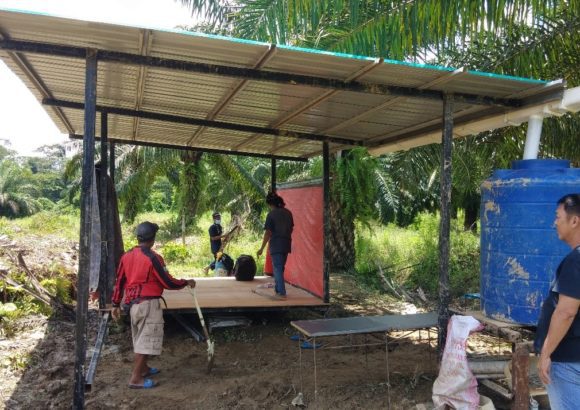
The first round of maintenance began in November. It comprises of freeing all planted seedlings from overgrowth and replacing them in case they have died. All other trees that have started growing in the area by themselves are maintained as well. Additionally, the fruits of the oil palms are collected or, if possible, removed from the palms in an unripe state, and oil palm seedlings are torn out to prevent the soil from overgrowing with young oil palms. The collection of the oil fruits also prevents damage caused by Bornean bearded pigs which are attracted by them.
In about 3 years, we are planning to start actively removing the oil palms from the area. Until then, their shade can provide better growth conditions for the young trees.
As far as we know, the RFF has been the only NGO purchasing oil palm plantations to restore and protect them.
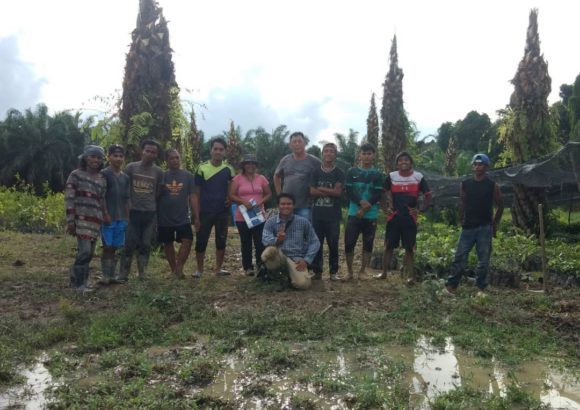
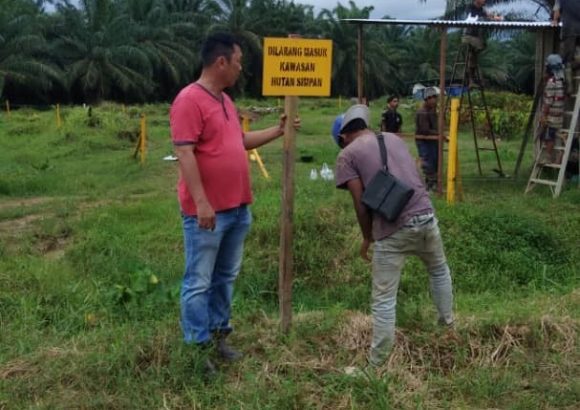
Evaluation
For the coming year, we are planning regular rounds of monitoring (by the field manager as well as the Sabah Forestry Department as a third party). Additionally, with each round of maintenance, data on the survival rate and growth of the seedlings will be collected. However, since the new plants are only a few weeks old, there isn’t any data yet.
All failed seedlings will be replaced by October 2023.
This is to ensure that there will be surviving seedlings at all planting points (even though, it might not be all 5 of them). The area will then be maintained at least until October 2025. How long exactly will depend on how much work is actually needed.
During the reforestation, regular drone recordings from the same height will document the formation of the canopy. In addition, camera traps will be used to record the movements of the local wildlife. We have also had the area registered with the Crowtherlab, which will be evaluating reforestation areas worldwide via satellite images starting in 2021.
In the end, the majority of the trees growing in the area will result from natural regeneration, while the biodiversity and composition will be due to active planting measures.
As of now, the area is already being used by wild animals.
In August, a group of over 30 elephants has been observed (fences have already been removed).
Additionally, in October, a large male orangutan was spotted by our workers.
We urgently need your help!
Please help us expand the Tabin-Kulamba Wildlife Corridor to stop habitat loss!

We urgently need funds to purchase and protect more land in the area and to turn it back into natural, species-rich rainforest.
All donations go to towards conservation action.
Animals we protect in the project area
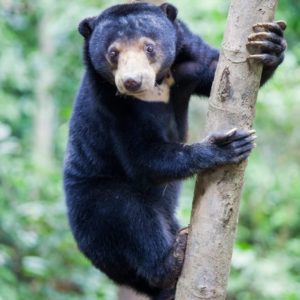
Sun Bear
Helarctos malayanus
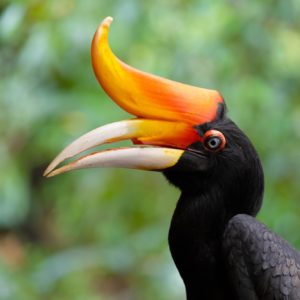
Rhinoceros Hornbill
Buceros rhinoceros
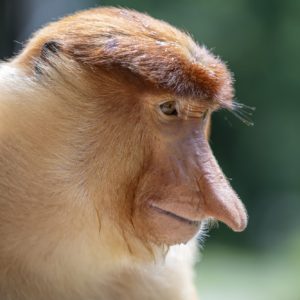
Proboscis Monkey
Nasalis larvatus
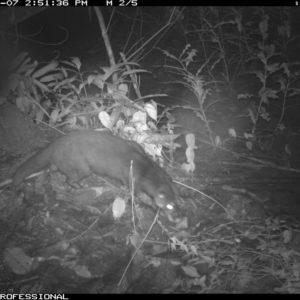
Otter Civet
Cynogale bennettii
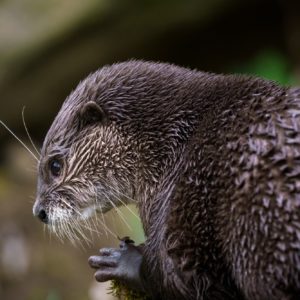
Oriental Small-clawed Otter
Aonyx cinerea
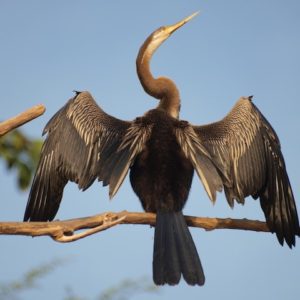
Oriental Darter
Anhinga melanogaster
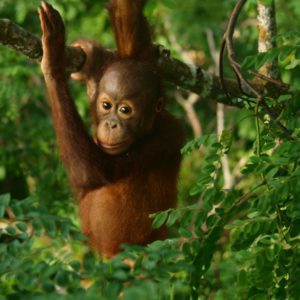
Orangutan
Pongo pygmaeus
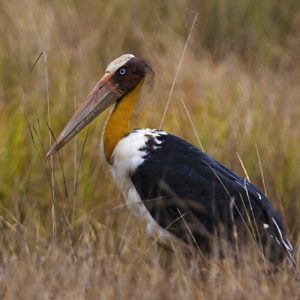
Lesser Adjutant
Leptoptilos javanicus
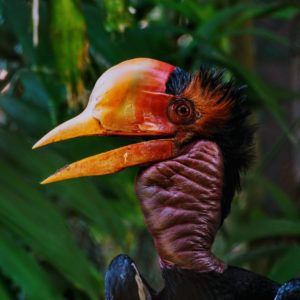
Helmeted Hornbill
Rhinoplax vigil
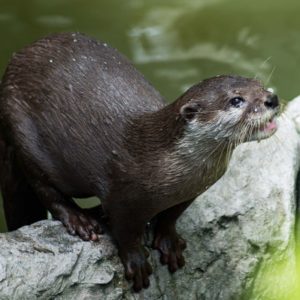
Hairy-nosed otter
Lutra sumatrana
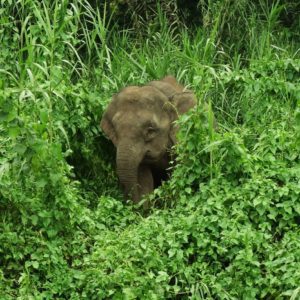
Bornean pygmy elephant
Elephas maximus / Elephas maximus borneensis
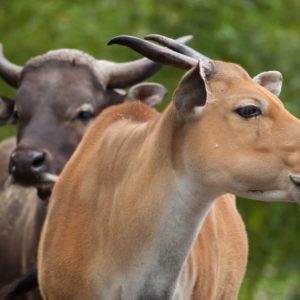
Banteng
Bos javanicus
